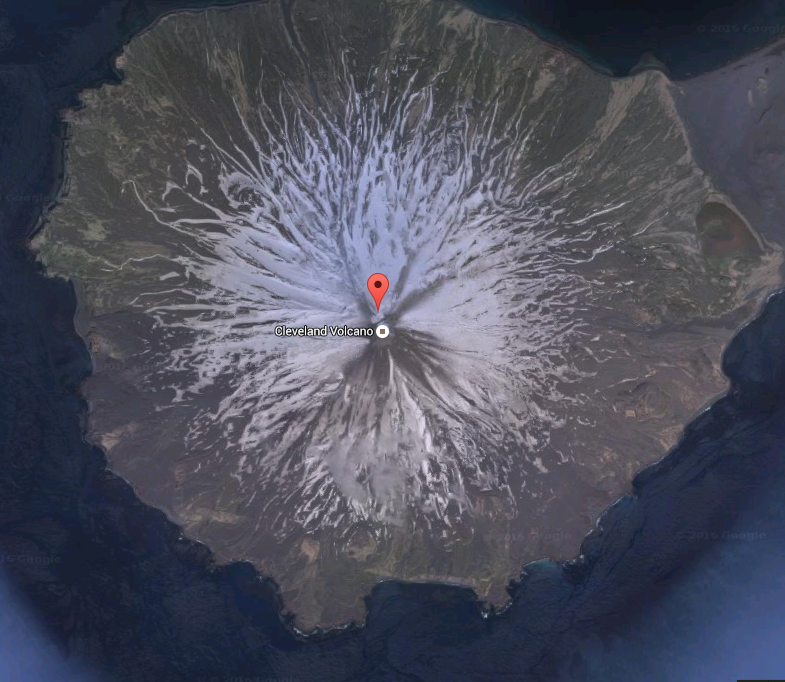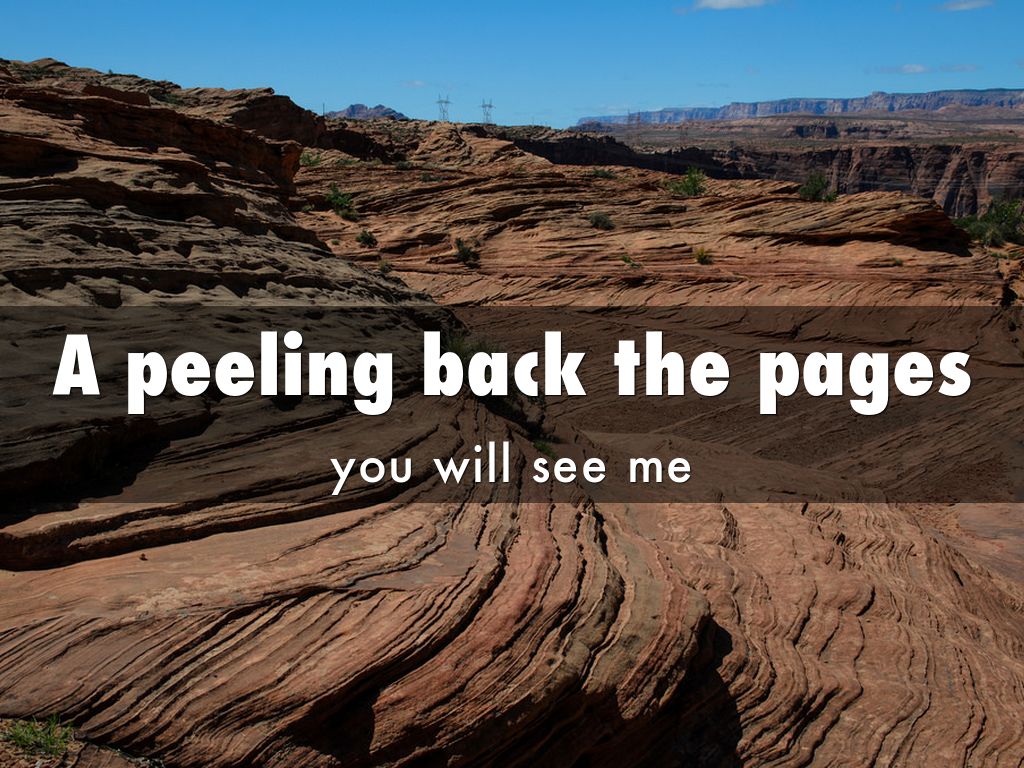Mono What? – Created with Haiku Deck, presentation software that inspires;
Author: Matt Bowes
Aerial ” I spy’ Aleutian, AK Pen., Kodiak
A little something like this?
A lesson in Aerial Surveys in the Aleutians, AK Pen. And Kodiak Island(aka how the earth surface changes).
The state I built by plate tectonics and subsequent volcanism while glacial action is a primary driver in its being torn down. Both leave their evidence on the landscape. One way to learn about what happened here is…
The use of aerial photography and later satellite imagery has long been used by government agencies. The military is interested in strategic locations, intelligence gathering, etc. Meanwhile Geoscientists, biologists, geophysicists, cartographers, anthropologists, and archeologists all have questions that can be answered through various types of surveys before having to allocate resources to touch the ground in a region.
Given this region of the world is home to an 1100 mi. long arch of volcanoes, experiences earthquakes, and tsunamis on a globally unprecedented basis and the area has been, in some cases scraped clean of any usable soil by the last glaciation it would seem impossible odds for anything to make a living here. It may surprise you that not only are there numerous species of marine mammals, birds, salmon,etc, ect. There is a long and sorted history of human inhabitants. The Aleut have subsisted on what resources they could secure from land and sea for thousands of years in the face of these volcanoes, tsunamis, glaciers and earthquakes.
We can look at several sets of images that show different features of volcanoes (calderas, active vents, pyroclastic flows, etc.) We can use older, grainy images to new satellite, or google earth images. Which is a better tool for the job? What questions could we answer with x technology
Additionally, we can look at images with evidence of glaciated terrain and previously glaciated
terrain vs non-glaciated.
We could do a little practice together pic A, Pic B, Pic C
What do you see? Blah, blah or blah? Ok how about blah blah? Yes and what don’t you see?
The exercise would have students look at three regions within the wester maritime region
One that was clearly Volcanic
One Volcanic and previous glaciated
One w/o Volcanoes but with glaciated
Bonus(tricky)- no volcanoes or glacial
Can you tell from imagery alone what may have happened in an area?
What is your evidence for your conclusion?
How could we ‘see’ it?
Have a blank map for students to populate with the features they think they can identify and what has ‘happened’ there.
A debrief after the exercise was completed could ask some questions related to how else might we access these areas without having to go there and at a reasonable expense?
Fishing for……. Drones and high resolution mapping. Inexpensive (relatively) and accuracy achievable to +/- 10cm pretty easily.
This could lead into another exercise: How to make a map using a drone…. Then do it?
Some helpful links could be
Essence of CRT
Update to CRT
Bluebirds are overrated anyway
Ernestine Hayes, author of Blonde Indian and Professor at UAS visited our class to share with us her perspective on the current situation in education and society as a whole as it pertains to the established colonialism that we see ground into our social fabric. It was a pleasure to sit, listen, and let her words evoke vivid mental imagery of the passages.
Ernestine is up front, opinionated and unapologetic however to hear such a strong voice is something of a shock for many people and could easily cause someone to get a bit defensive. I felt like that is part of the point though as she indicated, that there is not an easy way out of a bad spot; and we are in a bad spot. I can see why she is celebrated for she found a way to summon “the courage to show up”, do the work, face-off against adversity and win. A couple other nuggets that spoke to me outside of the readings were here break-down of how she achieved success stating that it was 1% genius which everyone has at least that much of, 2% luck (who you know, but didn’t help her), and the other 97% is determination (dare I say “bootstraps”). Additionally, sharing a personal story of success (her son) being built up from what sounded like a desperate beginning was also meaningful as her determination and subsequent success carried over to her son and will carry on to echo across generations.
Now, I know that we’ve spoken a lot about barriers lately but today it was refreshing to see and hear someone who has not only ignored the status quo, but has thrown a brick through that ‘glass ceiling”. Brute force isn’t a clean or delicate method, but sometimes just sometimes its needed to get the dirty jobs done. However, there might be a need to issue a disclaimer about the rules of the game and how the world at large responds to this or at least ‘charge ahead challenge the establishment but please do so cautiously.’
Culturally Relevant Teaching (CRT) Essentials.
Today we had the good fortune to be involved in a number of culturally relevant scenarios where we were exposed to culturally responsive teaching essentials. The importance of cultural reference was illuminated during both sitting in with the Culture Camp and the Elder Panel session as well as with the two guest educators that shared their wisdom with us.
First and foremost, I have to acknowledge the example that is being set for us. We are not only being told to set up our future students for success, but how to, through the various sources of encouragement and support we are receiving.
We discussed and identified several essential characteristics of CRT. Among the many, the two that stood out were accessibility and place-based lessons. Making and keeping the opportunity of learning accessible to everyone is of utmost importance. We can ensure access by being prepared, extending lessons into other disciplines, and focusing on what was done right as the power our words can have such impact. If we too encourage students this way, we can facilitate their learning. The importance of providing a place of cultural relevance cannot be under be overstated. “Keep it close to home” is another way to say it, as that is, “Where the heart is”. We can engage the community and produce real products that serve that community. It would seem we are attempting to achieve the balance found some biological communities, a mutually beneficial symbiotic relationship. Communities of organisms living in close proximity to one another and the byproduct of how each of them live together benefits them all.
Sidenote:
I will confess though my favorite take-home point shared by the Elders today is from Seitan. I believe his advice will not only be helpful out in the forest but in front of our students as well.
He told us about a bear in a berry patch, his thoughts,and his response. The point made, “It’s the smell of fear that makes the animal attack”.
We can show students love, compassion, support and encouragement, but not fear. This too may be ‘essential’
Art and facts
Tlingit Bear Mask: Carved, decorated and painted by Nathan Jackson in 1973. Jackson is from Ketchikan, AK where he still produces contemporary and traditional art, typically in wood and metal, just don’t ask him to include your pet in a totem.
Generally, I am not drawn in by masks, but in this case despite having walked away from it once and having thought I’s surely pick something fishy, I returned to it a gazed into its iridescent eyes. I’d say it was the lines of its face and the contrasting colors against the bright blue.
I would like to know more about the symbolism present in the piece as there are numerous ways to represent one animal. Understanding the meaning behind the details would be interesting. (Ex. Color scheme, 32 rounded teeth instead of 42, etc.)
Museum collection ID II-B-1683
https://education.alaska.gov/collections/Detlobjps.cfm?ObjectID=1205124&rec_num=14&From=obj_key.cfm
Elder Wisdom
Listening to the visiting elders toady I am reminded of the wealth of knowledge and experience that the senior members of our community hold. I have also been reminded of something an elder in my life conveyed to me. He said, “A funny thing about wisdom, no matter how much you want to or how hard you try you simply can’t just give it away.” Like many wise words, they may be heard long before being understood. Today I came to understand a little more about what he was getting at. I believe it meant that the the gift of wisdom is only a gift if there is someone waiting to receive it. Otherwise it was just simply words that were spoken.
Many thought provoking things were shared today when elders from the Tlingit community visited us and we were ready recipients. We were gifted with lessons in history, strategies for success, insight about the Tlingit language along with its deeper cultural implications, and more. The three most striking bits of information that I am taking away from this are:
- That of the recollection of a once forbidden language of an entire culture, nearly lost in a single life-time but now in recovery. How much meaning and emotion that experience can evoke.
- A way to cope with how you receive and respond to things around you. Reminding one’s self about the limits/boundaries between what you can and cannot control or how you are received.
- Most temporally relevant message. That of a people who are fed yet starving.
How these messages may resonate in my future as a teacher:
- A call to remember how social values shift, how swift and deep they can cut into a culture and bare its roots to the sun. What that exposures effect is, as expressed on a personal level from a first-person account.
- Well as the stress levels build I hope to recall the exercise, where I am compared to that line, everything else.
- The message that The People are starving for love reaches far beyond the smokehouse and far beyond the boundaries of the Tlingit. This message, need not simply be heard -but felt by everyone. Kusaxa’n
Where am I from, MattyB
Where am I from ? – Created with Haiku Deck, presentation software that inspires;
MattyB’s
Reflection on 6/14 assignment: “Where I’m From”
I reaffirmed that I am still not a poet although I do appreciate it.
Learned:
With open arms I embrace the process, utilizing technologies available to me like Haiku Deck and Word Press. This was not without hiccups but not too daunting.
I could see using Haiku Deck in the classroom with pointed/focused assignments that do not require scientific terminology or specific/detailed imagery and word press would be useful for group journaling.




